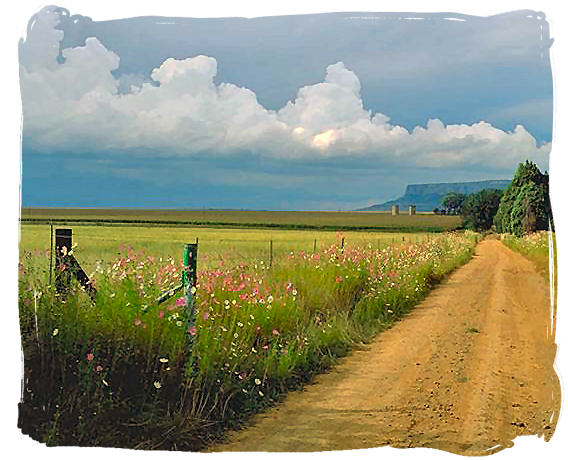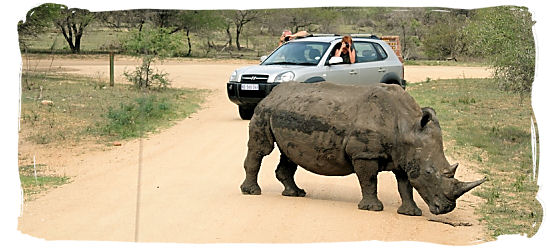-
You are here:
Home
›
-
South Africa driving tips and info
›
-
Driving on gravelroads
How to deal with the pitfalls of
driving in South Africa on
a gravel road
Overall, roads in South Africa are in a good
condition, but gravel roads are fairly common thanks to vast agricultural and rural areas. Driving
on a gravel road might be tricky at first for the less experienced driver.
Imagine that driving on loose gravel is similar to driving on ice. You need to monitor your speed
carefully.
A gravel road is not consistent, so you can expect a change in surface every few kilometres or
so.
The top clay layer tends to break up, corrode or form wide channels due to water erosion.
The sloping shoulders and uneven surfaces, added with the possibility of wildlife blocking your
path can be hazardous to navigate.
Getting to your destination safely on a gravel road will require driving techniques that are
quite different from paved roads.
Driving in South Africa on a gravel road in a rural area can be tricky
copyright © South African tourism

For your safety, it is important to implement some of the following steps;
- Again, slow down, and keep your speed constant. Don't tear up the roads at high speeds, so that
when something blocks your path, you'll be able to safely keep your course rather than swerving
onto a slope or shoulder.
- Do not jam on the brakes. This will prevent the vehicle from skidding.
- Approach blind corners and potential hazards with caution, and adjust your speed
accordingly.
- Keep your eyes on the road to avoid nasty surprises. The changes in surface can happen
instantaneously, and gravel roads can be pitted with stones the size of golf balls.
- Standard tyres are not suited for gravel roads, especially if they are low profile. The lower
the profile of your tyres, the less capable the vehicle is of navigating, so keep this in mind
before your trip.
- Unless you are travelling in a 4x4 terrain vehicle, you might have to lower the tyre pressure
by about 15 percent. In the Africa sun, tyres heat up very quickly, so remember never to decrease
the pressure of a hot tyre. Wait until they have cooled down.
- Even if some of the rural roads might be fenced, be on the lookout for wildlife on the road.
Bigger animals like Antelopes can jump these fences without effort.
When driving in South Africa on gravel in rural areas, beware of wildlife encounters on the road
Photograph by Dust Mason

- Chances are that you will be sharing the road with another vehicle at some point. A gravel road
is not very broad, so for approaching vehicles, turn your speed down to a crawl, and pass with
extreme caution. Should a truck approach, pull over when it is safe and come to a complete stop.
Be aware of the dust trails that follow.
- In dusty conditions, switch on your headlights.
- Overtaking is dangerous, as the dust will impair your vision, and small flying stones can
damage the windscreen of the other vehicles. Do not overtake unless you have a clear line of sight
of the road ahead, and can do so safely.
- Make regular stops. The lack of concentration is another great cause for accidents. Gravel
roads can be long and tedious with little traffic.
- Avoid driving at night as far as possible. Visibility is extremely poor at night, and wildlife
activity increases after dark.
- Roads tend to wash away during storms, so keep your eyes and ears on the weather reports before
you travel to avoid getting stranded.
-
Home
›
-
South Africa driving tips and info
›
-
Driving on gravelroads

